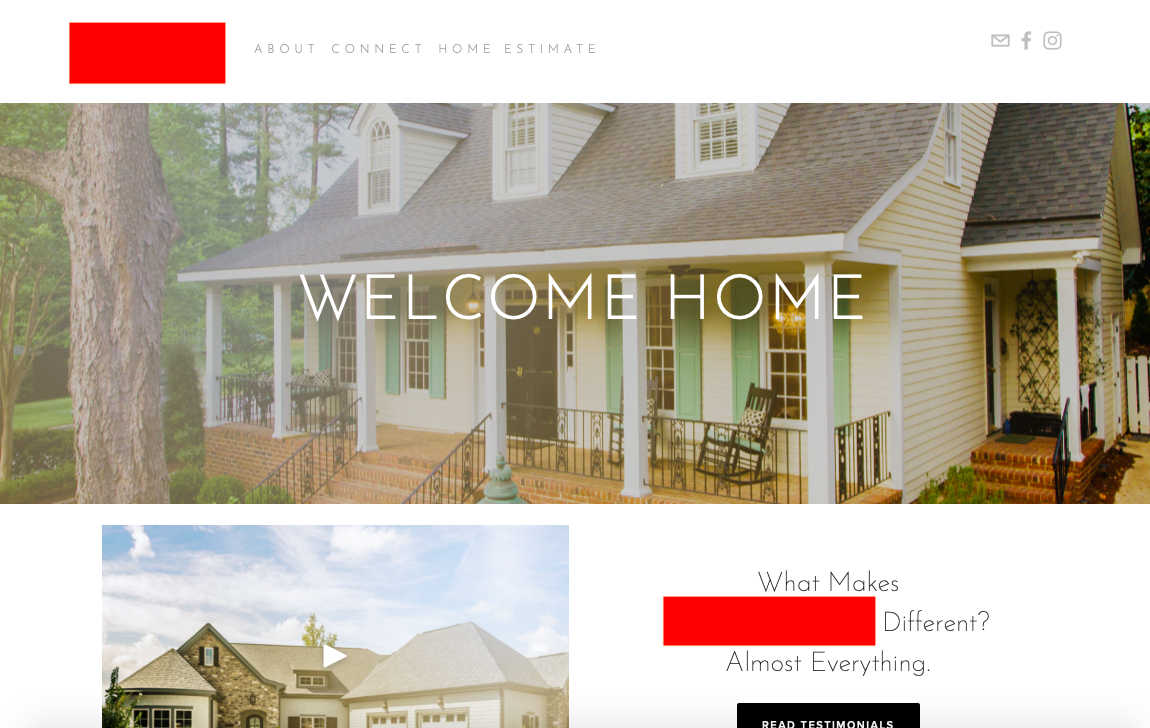|
What elements are essential for your real estate or mortgage website? I had a client recently – a luxury realtor with a lending division from the east coast – hire me to do some analysis on their website. No, I’m not a web designer, programmer, or an SEO expert, but this boutique firm asked me to do some digging into the top real estate and mortgage websites in the industry , which made for an interesting project. Looking to redesign their own website to maximize efficiency and results, they understood that their market was ultra-competitive, and the chance to catch the attention of a web viewer, keep them on the site a little longer, or engage and even make contact with them could make a huge difference in their commission paychecks by the end of the year. So, they had me meticulously comb through a list of websites for the top firms in their space (both luxury homes and high-end mortgages). Deconstructing each one, I examined factors like:
Compiling all of this info, we ascertained the website formula for the top luxury real estate and mortgage firms in the industry. However, there were also a few things missing from these websites of the top firms and professionals in the game, probably because they just don’t have the bandwidth or latitude to make innovations. So, those shortcomings present opportunities where you – the smaller, more agile and hungrier agent or loan officer – can actually outperform these industry giants’ websites. Please note that these are in order of importance and prominence on their web pages (so, the big, bold call-to-action was usually first and “above the fold,” similar to a landing page format.) 1. Call to Action button/link:
2. Text headlines and short snippets: Common real estate or jumbo loan terms and definitions Or question and answer format Headers and short paragraph answers But NEVER long bodies of text! 3. Contact Form/Request a Quote Form, etc.:
4. Links/buttons: To other services like home sales, communities, buying or selling guides, products like FHA/VA/Cash-out refinance, etc. 5. Online payment calculator or home estimator 6. Reviews and testimonials: Showing number of 5-start reviews, client testimonial with quotes, etc. 7. Better Business Bureau rating and/or badge 8. Blog page link 9. Social media icons 10. Link to online application/response form/valuation form 11. Contact info 12. Why trust us/me? Why use (company name or individual agent) for your home sale or home loan needs? Notes and opportunities for you:
-Interestingly, very few of them had videos. That presents a great opportunity to differentiate yourself with a short, professional video on your own website. -Images were mostly stock photos of homes/borrowers signing mortgage/families/etc. I’d stay away from stock photos and go with professionally taken custom photos. -Icons and symbols were common for buttons and to anchor different sections. -While real estate firm websites were more personal, very few mortgage sites had individual mortgage broker/loan officer photos, personal bios, or any personalization. Those are always effective so it’s important to add them! -Only one or two sites had pop ups when you went to close out or click away (proven to be effective in retaining web traffic/garnering email addresses) -Only a small percentage of websites had giveaways/free downloads like a Home Buyer’s Guide or Home Loan Checklist, etc. That’s a very effective tool for increasing your email list and database of potential borrowers. *** You might be well-served to redesign your website to match this format and include these elements! Do you want help designing and building your website? DON'T call me! Haha But I can help you plan it and write the content, but you want a professional web builder. Your friend, Norm :-)
0 Comments
Leave a Reply. |
Categories
All
Archives
December 2020
|
Get in touch: |









 RSS Feed
RSS Feed
